Going back. Way way back. 1978 grant application. One of two key grants back then: The Guggenheim and the NEA (National Endowment for the Arts).
As American citizens and individual artists, we could apply for the NEA using our photographs as an application. This was a granting program initiated and signed into law by President Johnson in 1965. The individual grants are long gone now, as they went down a path of controversy to elimination. Look up Jesse Helm, Piss Christ and Robert Maplethorpe for more info. In 2017 President Trump tried to deep six all federally funded grants in the arts.
At any rate, I applied. We all did.. I'd started teaching at Harvard by that year and was pretty pumped about it. Were we presumptuous? Absolutely! I was five years out of graduate school.
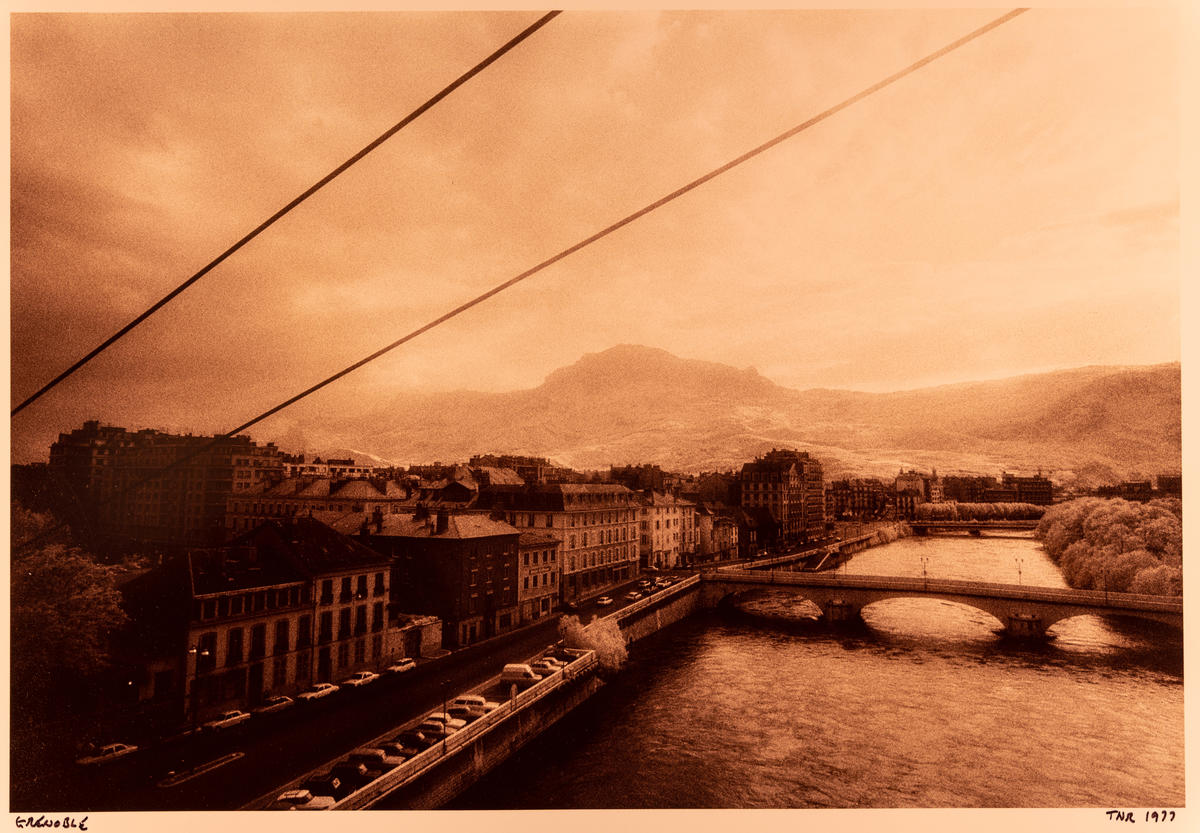
I'd spent the previous summer traveling in Europe so included a couple of those in the application. I was working in 35mm black and white infrared in those days, hand holding a Leica M4 with 21 mm Summicron and 35 mm Zeiss lenses. I toned the prints. I bulk-loaded the film and changed the film in a changing bag as the felt trap in the film cassettes was not infrared proof.
I was trying to promote the different way the film saw the world and my abilities with it.
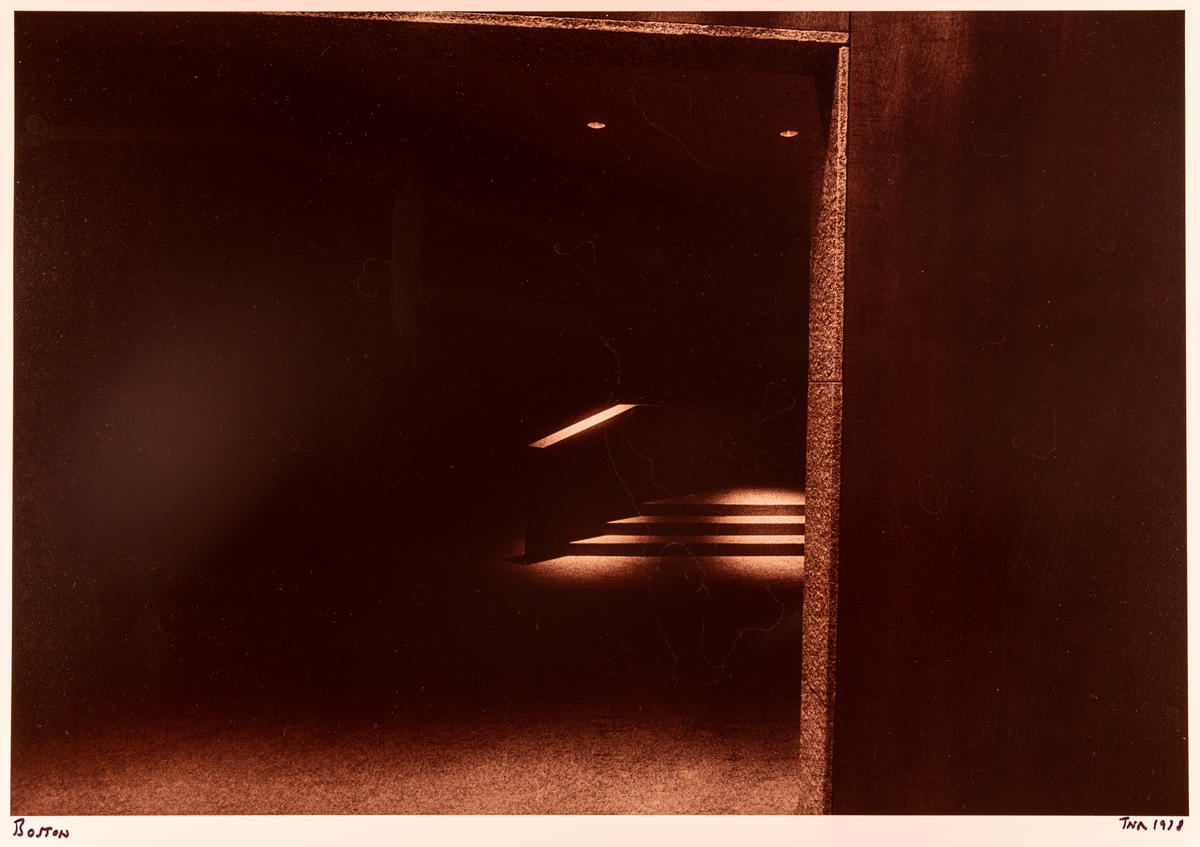
My application was 10 disparate photographs, meaning not from one series or body of work.
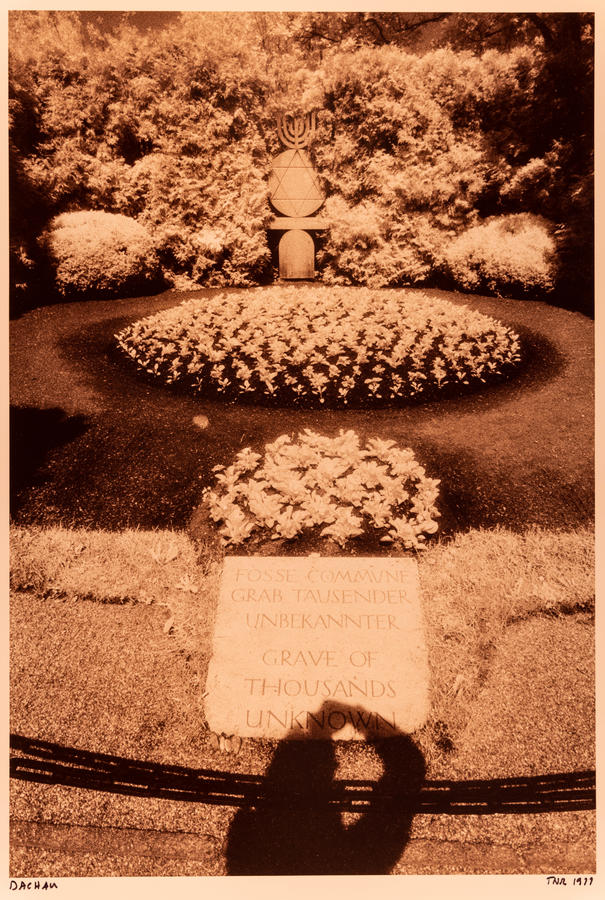
Part of the reason for being in Europe the previous summer was to go to the Nazi concentration camp at Dachau, Germany where thousands had been put to death in WW II.
I didn't get the grant. That year, photographer's grants were $7500 or $10000
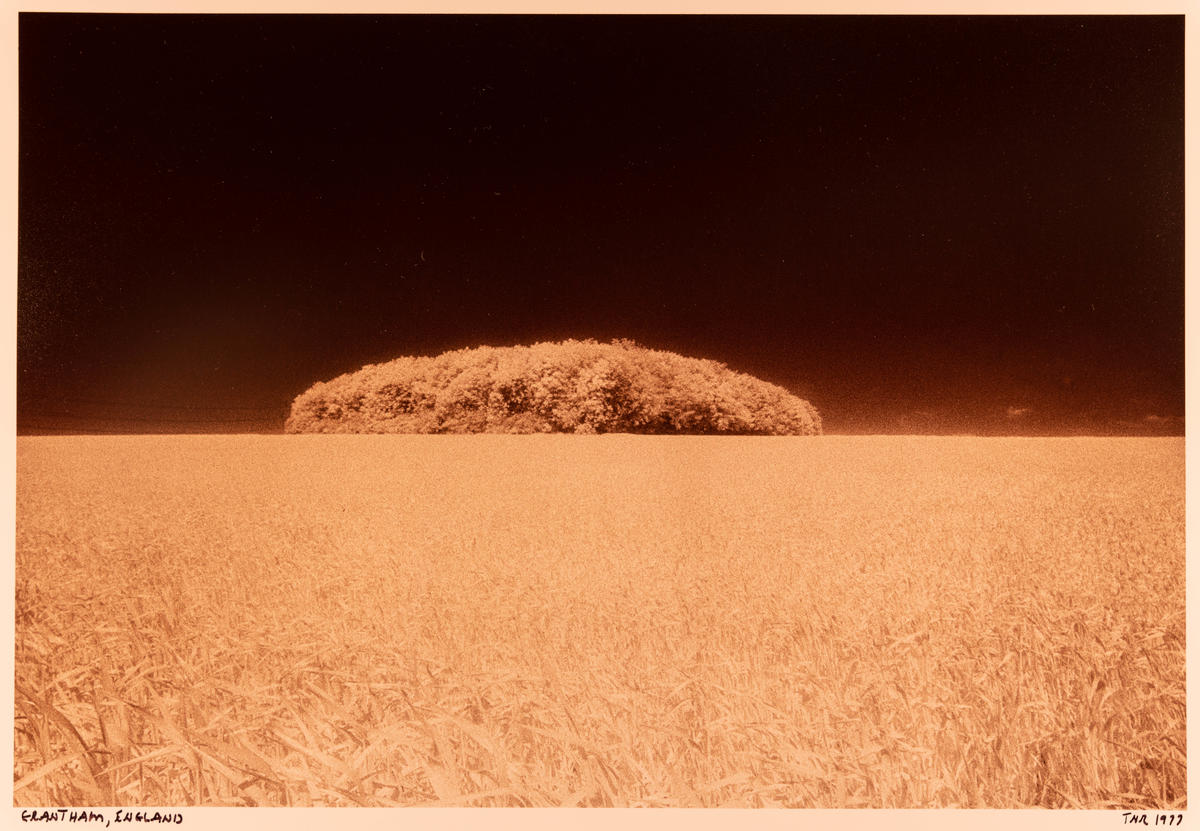
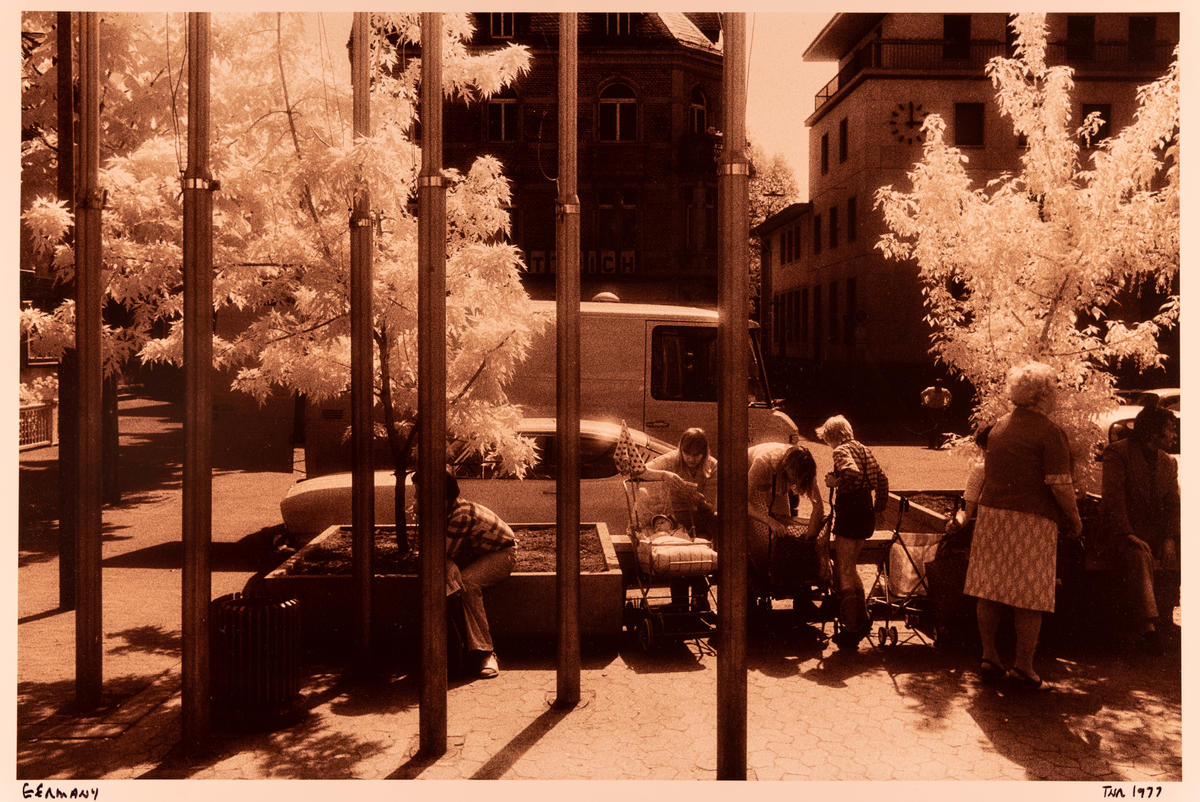
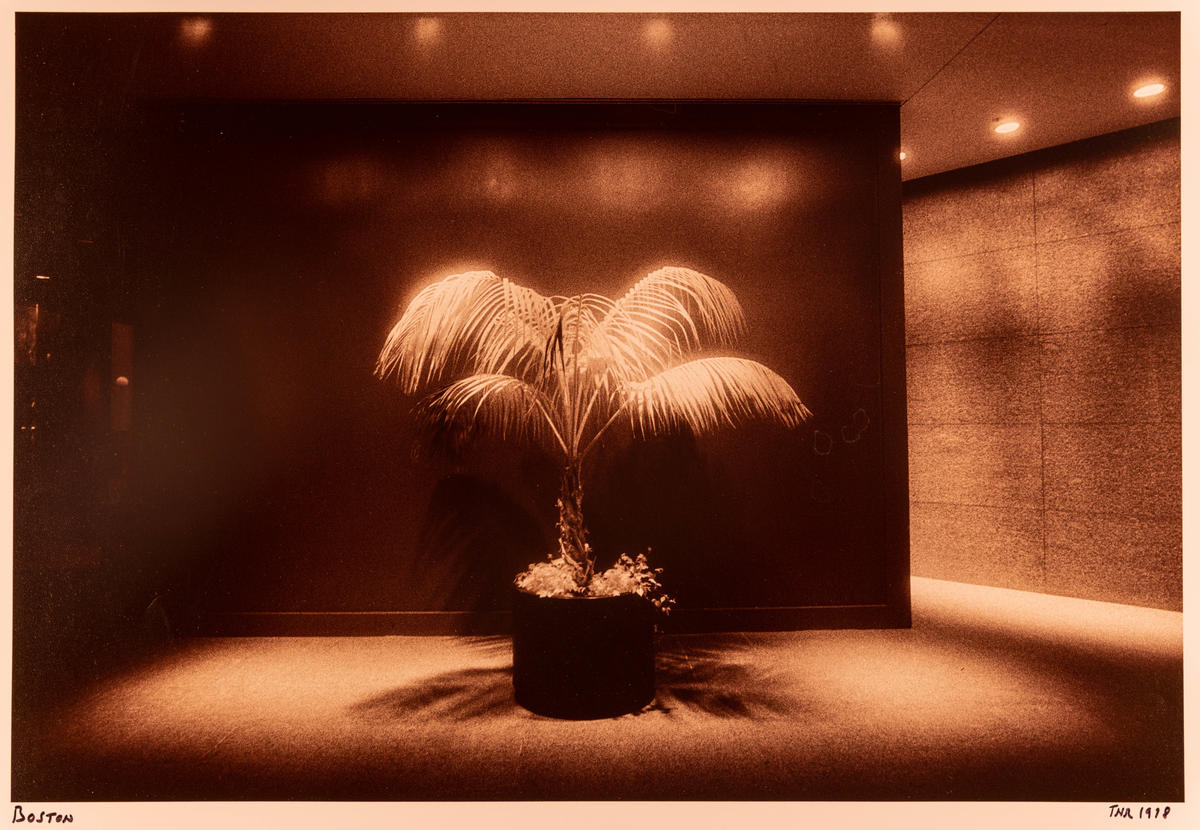
Please leave comments below. The full series is now on the site towards the bottom of the Gallery page.
Being a sucker for punishment I am pulling the trigger on a Guggenheim Fellowship application this year. With an application due in late August it is one of the major grants possible, is privately funded, is very competitive, doesn't restrict itself to the arts, is international, pays about $35,000 and is project based. I have applied numerous times. Wish me luck.
Here's the outcome of my 1982 application (for awards given 1983): This is a postcard from Harry Callahan, whom I'd asked to write a recommendation for the fellowship.
This is a postcard from Harry Callahan, whom I'd asked to write a recommendation for the fellowship.
 Above is the front of the card.
Above is the front of the card.
I've written before about accepting defeat in the face of this kind of repetitive failure and I truly believe the only reason I am applying again is I've forgotten how much it hurt to fail the last time. One of the advantages to aging, perhaps, is that I honestly don't remember.
The really difficult part of applying is you must seek out four people to recommend your award. Think about this for a minute: you have to reach out to the most highly placed people in your field that you can think of, ask them to write on your behalf, then, assuming your application fails, which, of course, is the most likely of outcomes, go back to them and ask them to write again! This is humiliating, humbling, and puts you in a position of outright groveling, which I really don't like to do. This is another reason I have let years lapse in between applications.
Who will I choose? Well, I won't put them on the spot by naming them here but suffice it to say that so far I have one east coast museum curator, one western one, am in the process of asking a former winning photographer and am still searching for the fourth.
You can find out more about the Guggenheim Fellowships here.
The Guggenheim Fellowship is one of the top grants a photographer can get. It comes from a private foundation set up to award funds to a wide array of people in all kinds of disciplines. I have applied several times but have never received an award. It runs about $43,000 but varies slightly from year to year.
Each time you apply you must find four recommenders who will write on your behalf. As the award is granted partially due to how highly placed these recommenders are (and how strong their recommendations are for your work) it is important to seek the best you can find to write for your application. As there are only so many very highly placed curators, gallerists, academics and photographers in our field very often the hardest part of the application is to seek and find those that will agree to write on your behalf.
This has become a little easier now that we can share our imagery on line or through emails. In earlier times I would often send in a shipping case a portfolio to someone whom I hoped would write on my behalf several months before the application was due, to acquaint them with my photography.
Add to this the reality that many of these people may not know your work or heard of you. What is one to do? Network aggresively; establish contacts early on and continue to nurture a relationship with those top people. When I go someplace in the U.S. I usually try to meet with some of the people that are at the top of the heap locally. As a for instance, Anne Wilkes Tucker has written for my application at least once. I first showed her work in 1979. Anne is a senior curator in photography at the Houston Museum. When I asked her initially she said yes, she would write for me but she would have to place me in the second or third tier of recommendations as she had agreed earlier to place someone else first. Okay. This gives you an indication of just how highly placed some of these people are.
Harry Callahan wrote on my behalf several times and was always very willing to try again. Here is the front and back of the postcard he sent me in 1983 after I'd written him saying that my application for a Guggenheim had been denied:

and the back:

This provides some insight into Harry's innate generosity and is one small reason why I revered him so much.
Why haven't I received a fellowship? While I can't answer whether I have or have not deserved one, the process of contacting potential writers and then preparing a portfolio was so daunting and the rejection so demoralizing that my applications were sporadic. I waited a few years so that I would forget how badly the last rejection made me feel, then apply again. This probably wasn't the best strategy for getting a Guggenheim.
There is one more award that resides above the Guggenheim and that is the MacArthur, the so called "genius grant". This one needs no application, they contact you if you received it. The MacArthur currently pays $500,000 sent out in quarterly installments over a five year period. Can you imagine that phone call? Needless to say, I am not waiting by the phone.






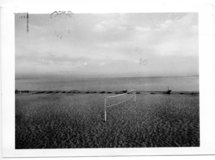
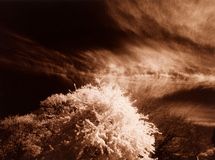
 This is a postcard from Harry Callahan, whom I'd asked to write a recommendation for the fellowship.
This is a postcard from Harry Callahan, whom I'd asked to write a recommendation for the fellowship. Above is the front of the card.
Above is the front of the card.